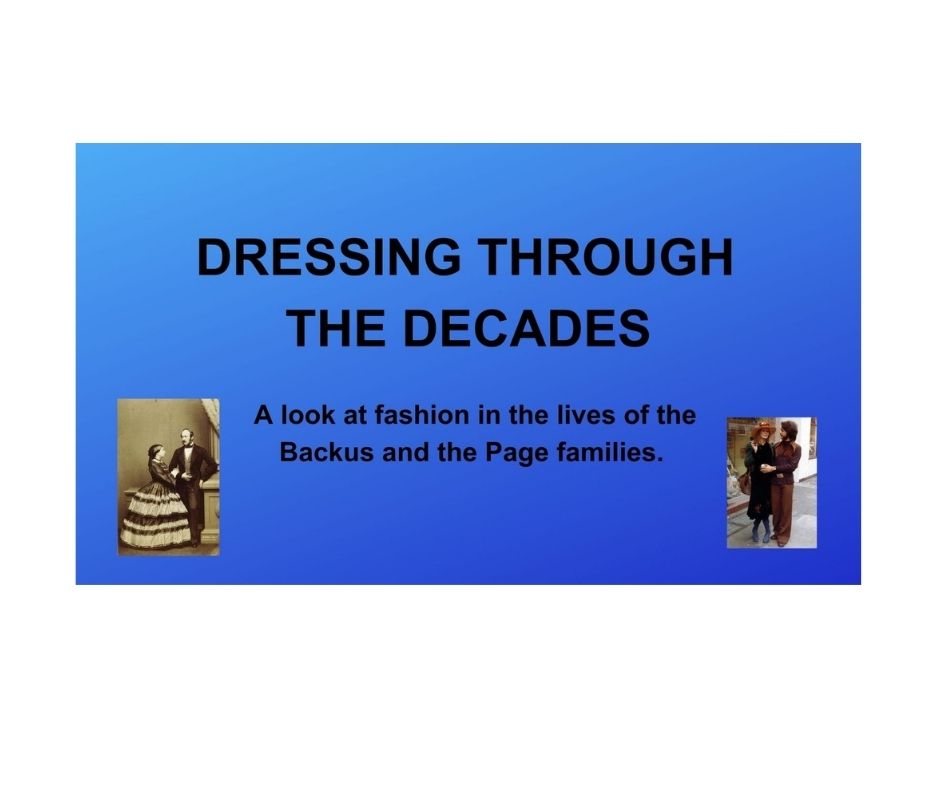Mondays at the Manor is returning after suffering from minor technical issues. This week’s “Monday” is appearing on a Thursday, and we will return to our regular Monday posts next week.
Our last post covered the pre-hoop and the transition into the large hoops. We’ll continue our look with the bustles.
Toward the end of the 1860s, the hoop began to lose its popularity, it was replaced by a framework known as the bustle. This look remained until the end of the century.
The early bustles were soft and shaped with stuffed rolls of fabric tied around the waist. This was covered with petticoats, overskirts, and bodices that ended at the natural waist. A short overskirt was added along with draped trim. As time passed, the bodices dropped to fall just below the waist, the skirts were separated in two or three pieces, and extra trim and ruffles were added. By the end of the decade, the bustle had dropped to a small pad or no padding at all. The back pouf was formed by gathering the skirt, and the dress was often made in one piece with no obvious waist. The multiple skirts were sewn into one piece and a train became an integral part of all dresses. Asymmetrical trim was hung high on one side and draped to the opposite side.
By the early 1880s, bustles returned to fashion, this time the dresses came with a wire frame. The skirts were slim in the front, but the back ballooned over the frame. The bodices hung to the hip at the sides, and the skirts were all floor length except for very formal events. The drapery of the swags and trims, as well as the still popular asymmetrical lines, became an art form of their own.
The bustle reaches maximum size in 1887-88, but soon after dwindles away to almost nothing by 1889. The swags and poufs give way to simpler and plainer skirts. As the skirts get narrower, the sleeve head starts to get larger; a foretelling of the huge sleeves of the 1890s and the Belle Epoch era.
Entering 1870, the Gentleman’s Magazine of Fashion reports that coats were cut “a slight degree shorter” than in previous seasons. Coats were also straighter and frock coats were still in fashion for formal day wear. Morning coats, which were single-breasted and cut away from the front, were also quite popular. For business dress or less formal day dress, the sack suit still dominated the decade.
Waistcoats continued to be worn but were usually hidden behind high-buttoned coats and made to match coats and trousers. As for trousers themselves, they changed little in the last quarter of the nineteenth century. During the 1870s, they were cut a bit fuller for day wear, with the knee measuring the same width as at the ankle. For evening wear, trousers were slightly narrower.
Even though our Museum is closed for tours, our work continues, and so do our expenses. If you can contribute by purchasing a Tyrconnell Heritage Society Membership, or by a donation, your support would be greatly appreciated. Memberships can be purchased from our website: https://backuspagehouse.ca/memberships/ and donations made through Canada Helps: https://www.canadahelps.org/en/charities/tyrconnell-heritage-society/

1872 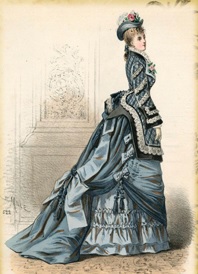
1874 
1878 
1880 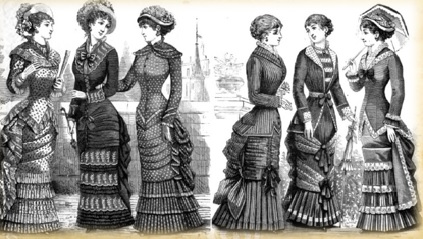
1881 
1884 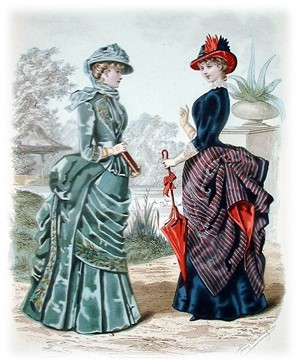
1884 
1884 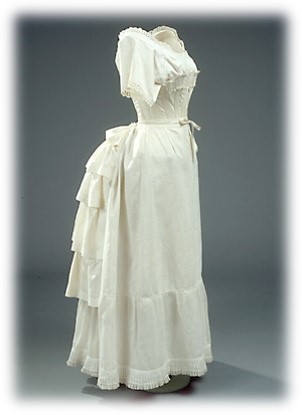
1881 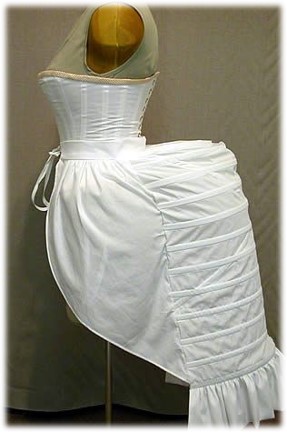
1884 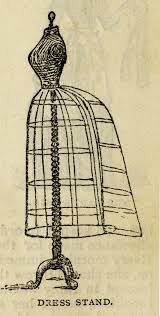
1885 
1874 
1876 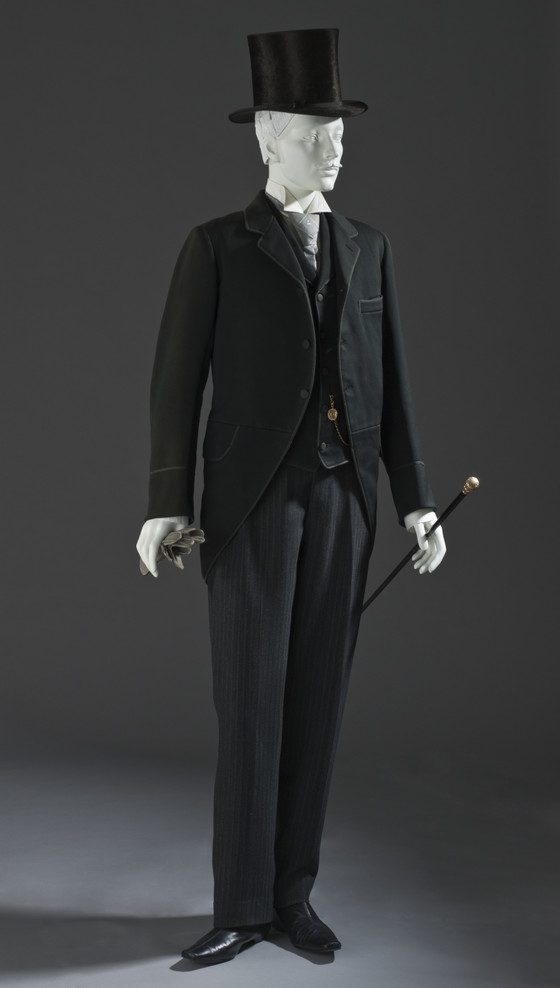
1880
